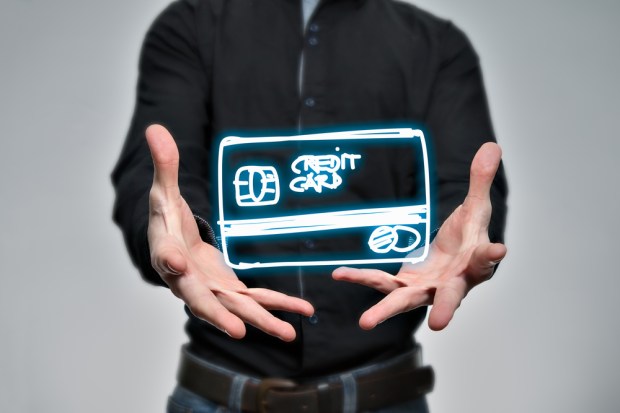Virtual Cards Start Living Up To Their Name

Virtual cards have a dirty, little secret, and the B2B payments space is beginning to catch on: For a technology that’s touted as an all-electronic way for corporates to pay, virtual cards sure do involve a lot of paper.
Most of the time, that paper comes in the form of a fax with virtual card information sent to a supplier via the technology of the early 90s. Email, analysts said, was supposed to wipe the fax machine off the market entirely, but alas, the fax lives on.
When it comes to virtual cards, fax machines have been a crucial part of getting card information into the right hands. And representative of its failure to knock down the fax machine, email, unfortunately, wasn’t capable of sending virtual card information to suppliers until only recently.
According to corporate payments technology company Conferma, that’s because email wasn’t held to the security standards necessary to transmit such sensitive data.
“Email servers didn’t have the level of encryption capability required to transit a credit card number,” explained Simon Barker, CEO of Conferma.
That posed a major problem for the virtual card industry, considering its focus on v-cards as a more secure way for companies to pay suppliers. Despite the paper-intensive process of sending a fax, the technology actually worked pretty well for virtual cards.
“In the past, the only real secure way of getting a virtual card number and sending across an open system that was ubiquitous was the fax machine,” the executive said. “That’s why, to a certain extent, the fax became a little unwieldy and not a 21st century payments technology — although, it does actually work. Transactions every day are done that way.”
The benefits of the virtual card, he said — greater control over who gets paid, for what, for how much, at what time — meant companies and their suppliers simply accepted the fact that, unless they had integrated an API to accept virtual cards, they would have to receive virtual card information to essentially process it as a card-not-present payment.
But according to Conferma, sending a fax that is compliant with Payment Card Industry Data Security Standards isn’t only inefficient; it’s expensive, costing a sender up to $0.16.
Finally, email has caught up with greater security needs. It’s only recently that email servers can now support the level of encryption necessary to meet PCI standards, Conferma said, which has led the company to launch Conferma Connect, a process that allows companies to send virtual card information to suppliers over email.
Conferma said it costs 60 percent less to send v-card information this way. But Barker also pointed to other benefits of this payment method.
“There is work that has to go into the sending process, in the verification of who you’re sending it to and the handshakes that go on between the different servers to ensure the right level of encryption,” the executive explained. Recipients of virtual cards need to opt in to receive payment info via email, while the platform must also verify that encryption capabilities are adequate.
“What you end up with is a process that drives significantly more security into the transmission process over email than you would have gotten in a fax,” Barker said. Plus, he added, email-based transmissions are more data-rich. “You can get a good audit trail about how it was encrypted, who it went to, what time — a lot of detail that you would not get in a fax,” the CEO explained.
Just The Beginning
Some industry players may argue that virtual cards have fallen short of their paperless promises. But Barker told PYMNTS that, even with a process that requires a fax machine, virtual cards have “revolutionized” corporate payments.
“The benefits of virtual cards outweigh that last mile where the fax machine is involved,” he said. “In terms of pure control, speed and automation, virtual cards are, head and shoulders, above anything else.”
But virtual cards remain far from the most common form of payment used by corporations to pay their suppliers. In part, that could be due to the reputation that virtual and other commercial cards have in terms of the expense imposed on suppliers to accept this form of payment.
Barker, however, argued that the speed at which suppliers get paid when paid via virtual card is worth the interchange fee.
“What we find with a lot of our customers is that they say to their supplier, ‘We’re going to pay you so much quicker by using virtual cards that the actual cost of the interchange you’ll have to bear is greatly outweighed by the benefit of getting the money so much faster into your bank account,'” Barker said, adding that v-cards can lessen the time it takes to pay a supplier from 30-plus days to just three.
The CEO is a major proponent of the technology, of course. Over the next decade, Barker predicts that virtual cards will experience massive adoption in B2B payments, especially considering that, compared to other payment technologies, virtual cards remain pretty nuanced.
“There’s a long way to go,” Barker stated. “But we’re seeing more banks wanting to be a part of our network, and more corporates want to use virtual cards than ever before. I think in just the next three to four years, it will become a standard way of making payments.”
